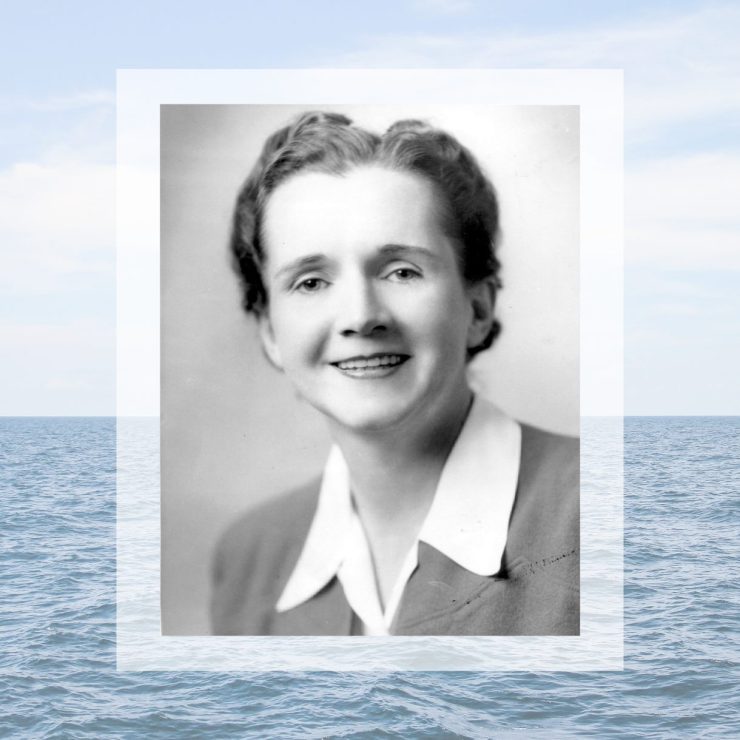As we celebrate this Pride Month, it is crucial to recognize the contributions of LGBTQ+ pioneers in the environmental industry. Today we are highlighting Rachel Carson, a trailblazing environmentalist and author whose visionary work not only sparked the modern environmental movement, but also prompted notable policy changes and the creation of the Environmental Protection Agency.
Born in a small Pennsylvania town in 1907, Carson had a deep passion for both nature and writing from an early age. This passion led her to pursue an English degree at Pennsylvania College for Women in 1925, before switching to biology halfway through her studies. After graduating in 1929, Carson was awarded a scholarship to complete her master’s degree in zoology at Johns Hopkins University – an incredible feat for a woman at the time.
In 1936, Carson began her career as a marine biologist and became one of two women professionally employed by the U.S. Bureau of Fisheries (now the U.S. Fish and Wildlife Service). Carson would eventually become Editor-in-Chief of all U.S. Fish and Wildlife Service (USFWS) publications, preparing congressional testimonies and creating pamphlets to educate Americans about conservation issues. She resigned in 1952 following the success of her book, The Sea Around Us, which spent 81 weeks on the New York Times’ bestseller list.
Carson’s final and most influential work was her 1962 novel, Silent Spring. The book contained detailed research documenting the detrimental effects of chemical pesticides, particularly DDT, on wildlife and the environment. This led to a nationwide ban of DDT and the development of the Environmental Protection Agency in 1970. Silent Spring was the call to action that catalyzed the modern environmental movement. In it, Carson asserted that “man is a part of nature, and his war against nature is inevitably a war against himself”. Her dedicated research, eloquent writing, and relentless advocacy awakened the nation to our interconnectedness with the environment and evoked a sense of responsibility to protect it.
Due to the societal norms of the time, Rachel Carson kept her personal life mostly private. Although she never married, Carson had a very loving and affectionate relationship with a woman named Dorothy Freeman. The two would spend every summer together and wrote over 900 letters back and forth during the span of their 12-year friendship. Carson was concerned about their letters being discovered, so before she passed, she destroyed most of them. The letters that remained were edited and published by Freeman’s granddaughter, Martha Freeman, in 1995.
Rachel Carson passed away from cancer at age 57. She was posthumously awarded the Presidential Medal of Freedom by Jimmy Carter in 1980, and the USFWS named a refuge near her old summer home the “Rachel Carson National Wildlife Refuge” in her honor. Carson serves as an inspiration for environmentalists and the LGBTQ+ community alike. Her story demonstrates the impact that one individual can make on a movement, and the importance of having diverse perspectives in the environmental field. As we honor her legacy this Pride Month, let us not only celebrate her contributions to environmental science, but also the significance of her identity, and the resilience required to navigate life during a time where she felt the need to conceal her true self.
